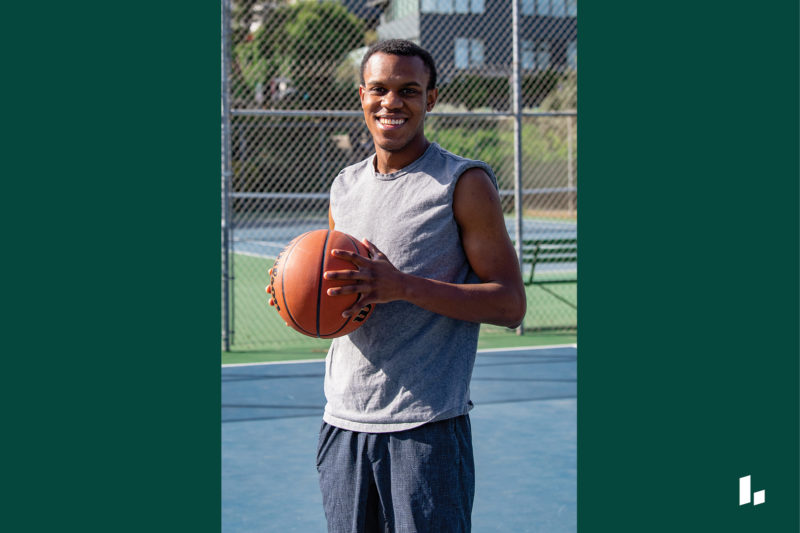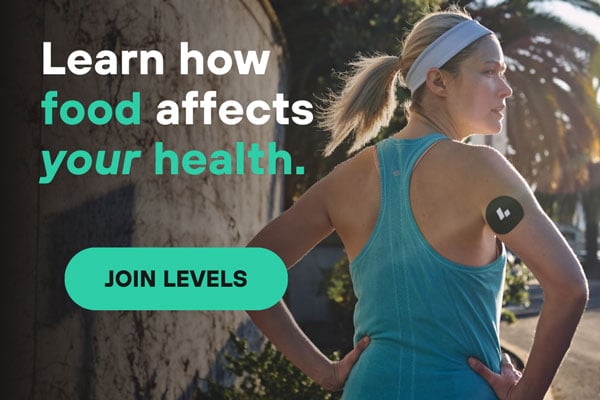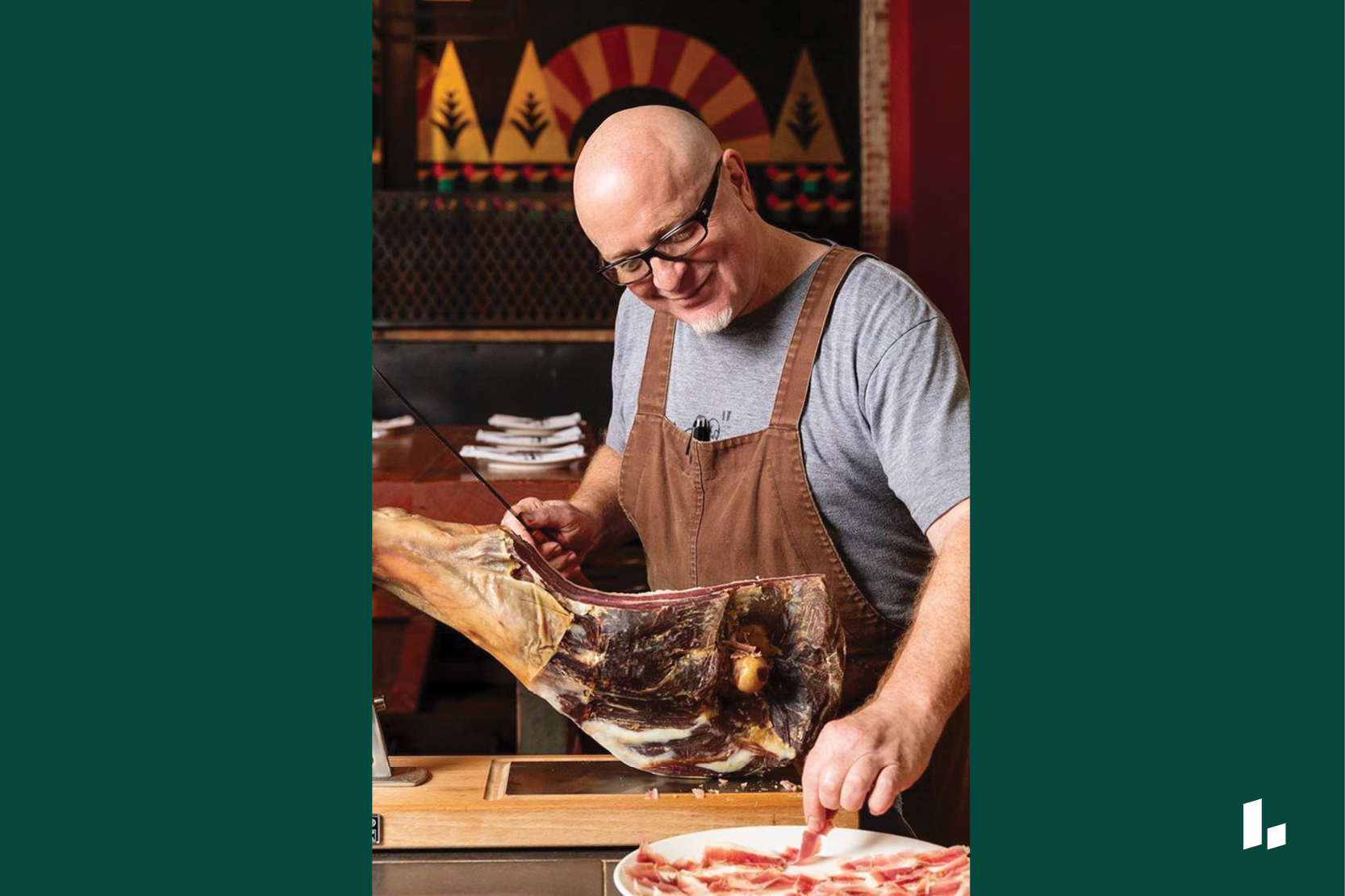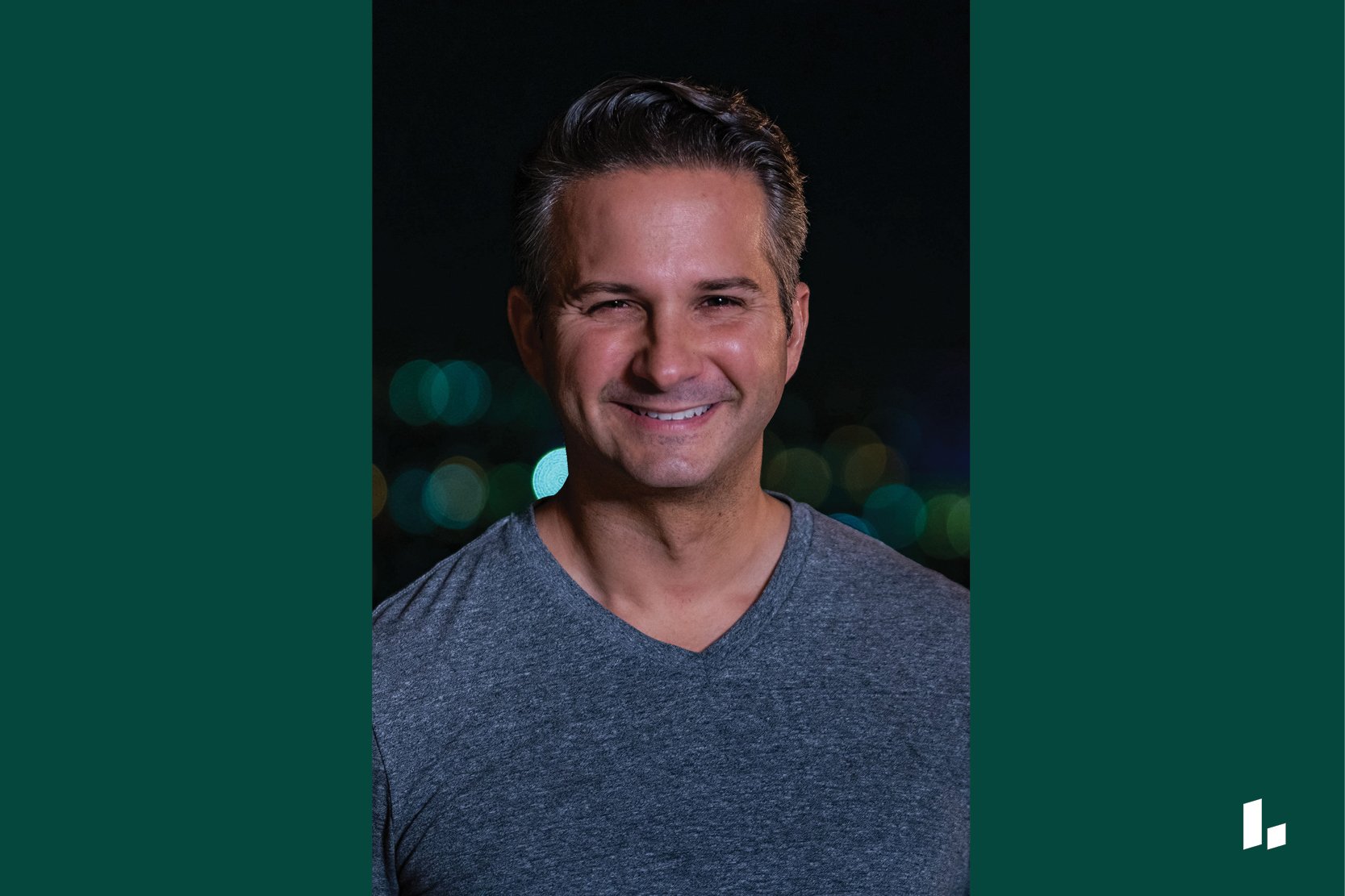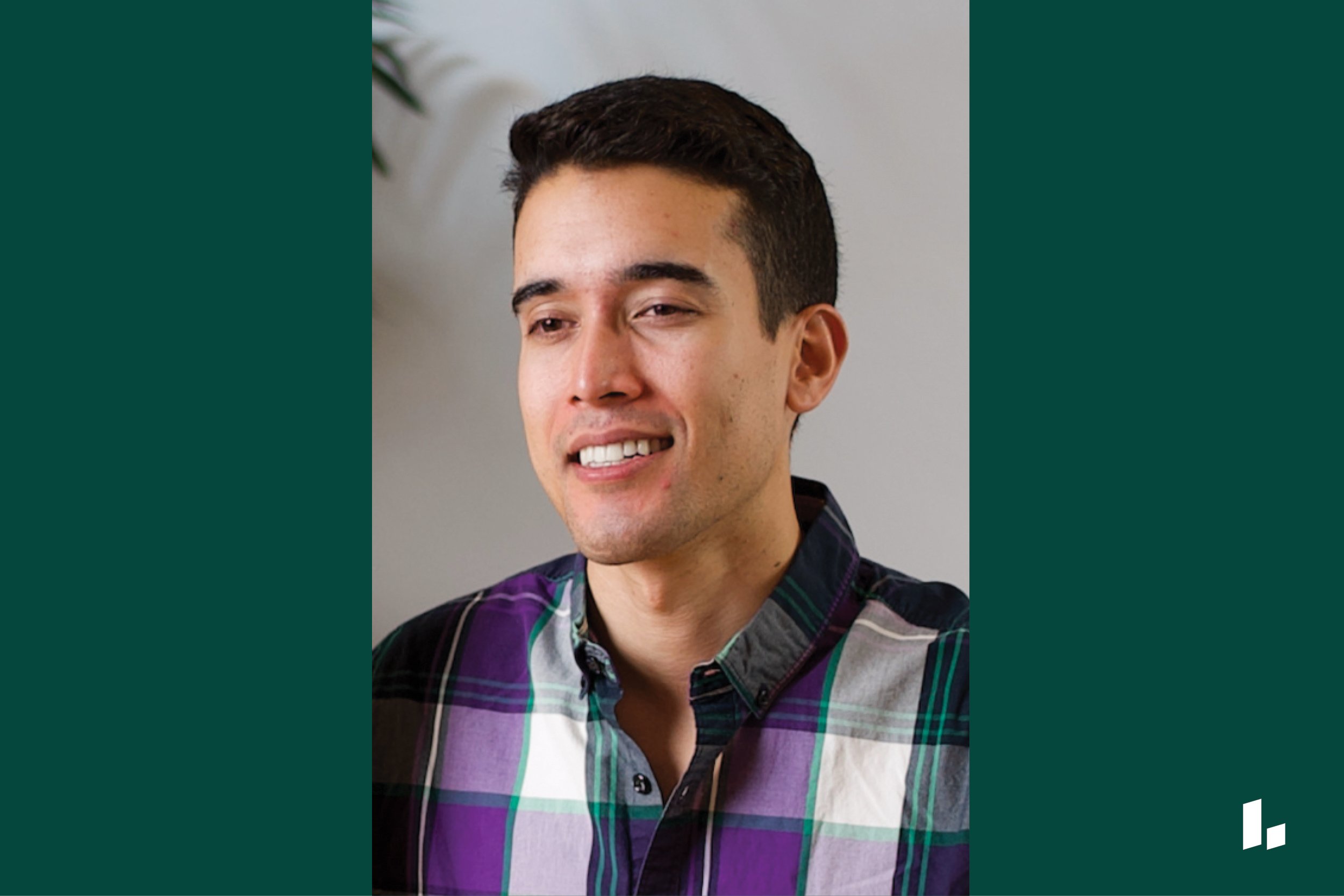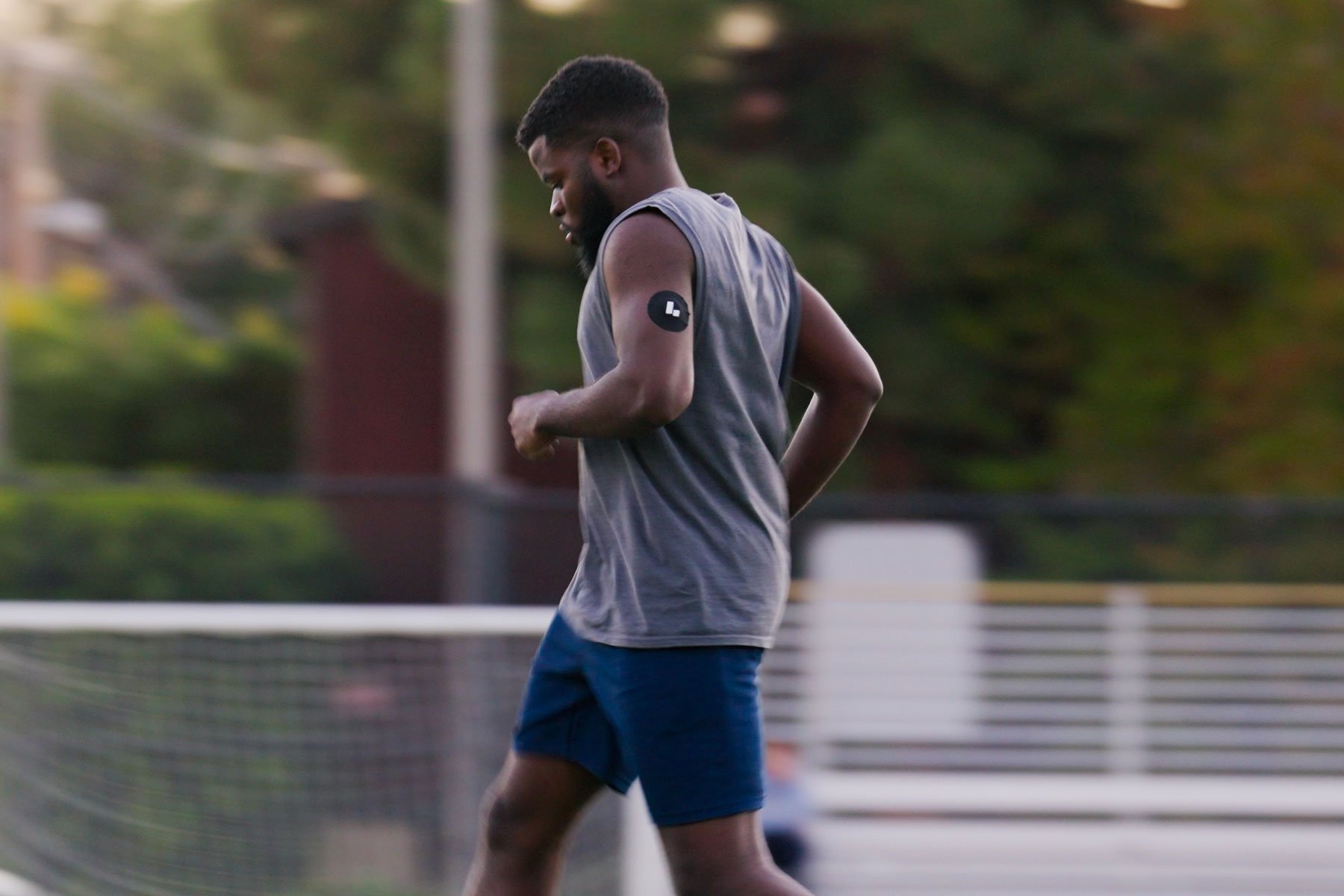Member profile:
Who: Matt Alston, 25, tech entrepreneur
Where: San Francisco
Time with Levels: 4 weeks
Found Levels Through: On Deck (startup community) Twitter
1. What was your overall approach to health heading into this?
I go for a pretty long walk every day, but otherwise, exercise is the occasional yoga class or a tennis game. Sleep is big for me. I’ve worn a Whoop for the past year or so. Just knowing that I had it on my wrist encouraged better behavior. So I saw a pretty marked difference in sleep consistency since I’ve had that on.
But when it comes to food, there was very, very little oversight. I normally eat lunch and dinner. My breakfast/lunch is basically just bacon, eggs every day. But for dinner, it’s just lots of delivery, lots of whatever’s most convenient, really. The default is lots of meat, and it’s not particularly blood-sugar friendly. So yeah, I guess I’m not coming from a particularly strong baseline.
2. Why did you want to put a CGM on your arm?
I think that the diet side is where I wanted to bring some accountability to myself. I don’t really gain weight, so I feel like I can eat whatever, but I also know that there are consequences. So I wanted to be able to see the impact that it was having. I hoped it would guilt me into making better decisions. Which has definitely started to happen, and that’s been the bright star.
“The real-time insights lead to me changing my behavior. Before a big meeting, say, I actually want to go walk around the block because I can see my glucose is too high, and I’d love to bring it down a bit.”
Also, just trying to optimize my day. I have tons and tons of energy in the morning, and then I experience these crashes in the afternoon—to the point where I schedule my days around it.
Learn more:
3. What was one thing you learned that surprised you?
How big my dinner swings were. Breakfast didn’t have much of an impact. But things always got crazy from 7 pm on because that’s when I typically eat a big dinner and then lie on the couch and watch TV. So I would see kind of these big swings in the evenings, and I realized that having that one random cookie late at night will probably spike things right before I’m going to bed.
4. What was something you learned that wasn’t about food—say, exercise, sleep, or stress?
The biggest thing was being able to see the impact of walking. I already went on a walk every day, but I wasn’t really thoughtful about when I’m doing it. So now I can structure my day around it more. That was an insight that didn’t really take any additional effort.
I think it was the real-time insights that lead to me changing my behavior. Like, say before a big meeting, I actually want to go walk around the block because I can see my glucose is too high, and I’d love to bring it down a bit.
5. What’s one thing you think will stick with you after the program?
Probably the behavior stuff more than food. I tend to be relatively routine-based but with little rhyme or reason. Now I’ll be more planned out about having “Lunch, then walk” on my calendar every day. Also, continuing to focus on sleep and what I’m eating before bed.
Those are easier for me than actually changing the food itself. It’s much easier for me to adjust some of the behavior. I anticipate I’ll probably still struggle with food choices, but we’ll see.
